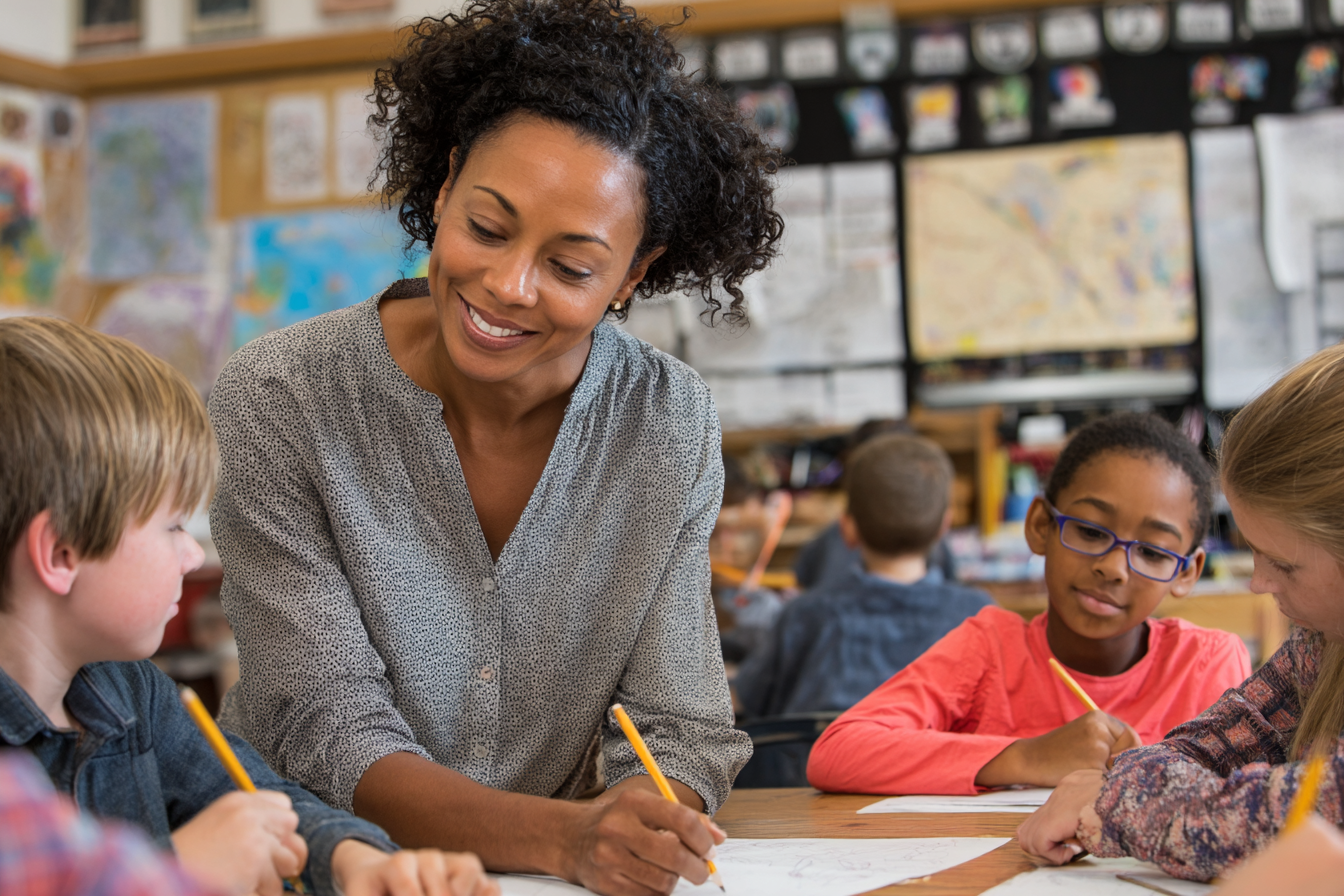Unit Plan 31 (Grade 3 Social Studies): Trade and Choices Around the World
Explore how different resources shape what communities can produce, why they trade, and how opportunity cost influences every choice in hands-on classroom simulations.

Focus: Simulate trade using classroom “resources” to explore choices, opportunity cost, and how natural, human, and capital resources support products and industries in different places.
Grade Level: 3
Subject Area: Social Studies (Economics • Geography Connections)
Total Unit Duration: 5 sessions (one week), 45–60 minutes per session
I. Introduction
In this unit, students explore how people around the world trade with each other because no one place has every resource it needs. Through classroom simulations, each group represents a different “region” with certain natural, human, and capital resources (like paper, markers, scissors, skills, and tools). Students must make choices about what to make, who to trade with, and what to give up—experiencing opportunity cost when they can’t have everything. By the end of the week, students will create a “Trade & Resources Reflection” explaining how resources, trade, and opportunity cost are connected.
Essential Questions
- Why do people and places trade goods and resources with each other?
- What are natural, human, and capital resources, and how do they help communities make things?
- What is opportunity cost, and how can we see it when we make choices and trades?
- How does having different resources in different places lead to interdependence and trade?
- How can simulations and games help us understand real-world trade and choices?
II. Objectives and Standards
Learning Objectives — Students will be able to:
- Explain what trade is and why people and communities trade goods made from different resources.
- Identify natural resources (from nature), human resources (workers and skills), and capital resources (tools and machines) using classroom examples.
- Participate in simple trade simulations, making choices about what to produce and who to trade with.
- Use the term opportunity cost to describe at least one thing they gave up when making a choice or trade.
- Create a “Trade & Resources Reflection” that shows how resources, trade, and opportunity cost are related in a classroom simulation and in real life.
Standards Alignment — 3rd Grade (C3-based custom)
- 3.C3.Econ.4 — Explain choices, trade, and opportunity cost in simple scenarios and simulations.
- Example: In a market role-play, describe what you gave up to make a trade.
- 3.C3.Econ.5 — Identify natural, human, and capital resources that support community industries.
- Example: For a regional product (e.g., wheat bread), list resources: soil/rain (natural), baker (human), oven (capital).
Success Criteria — Student Language
- I can explain why people and places trade instead of making everything themselves.
- I can identify natural, human, and capital resources in our classroom and community.
- I can describe a choice I made in a trading game and what my opportunity cost was.
- I can show, with pictures and words, how different “regions” needed each other’s resources.
- I can write or talk about how trade, resources, and opportunity cost connect in real life.
